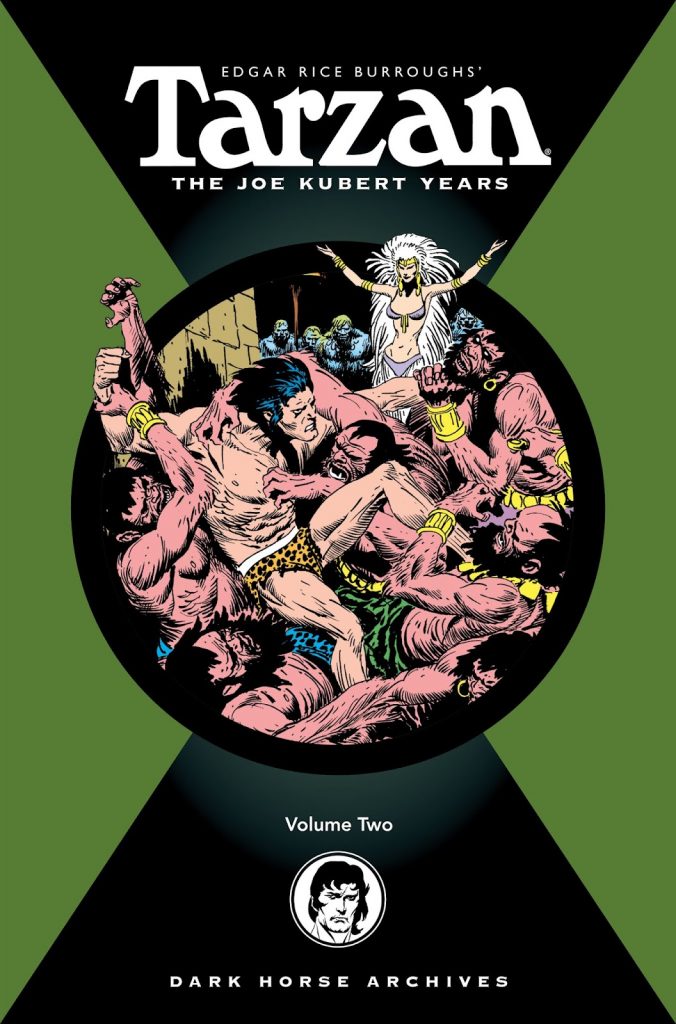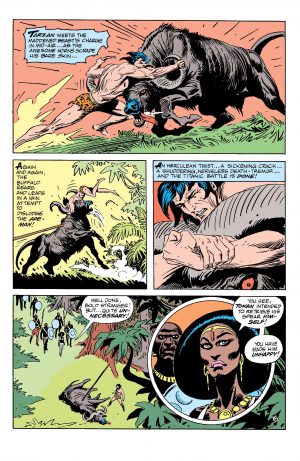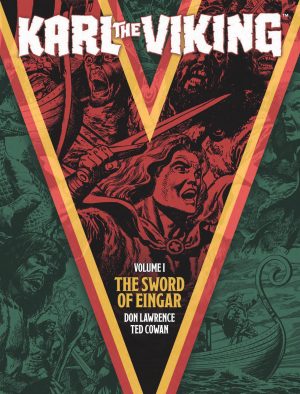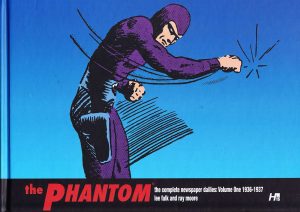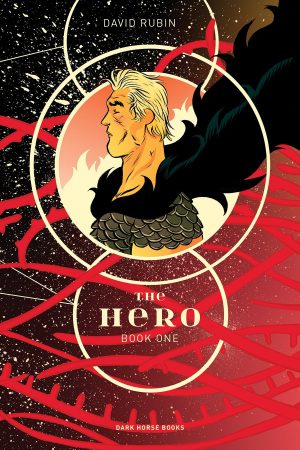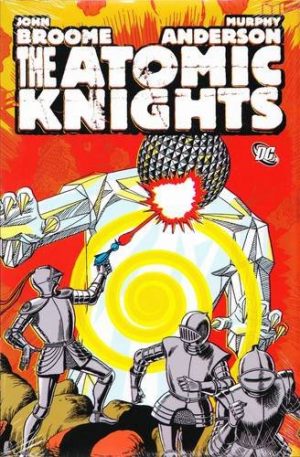Review by Win Wiacek
This middle collection of Joe Kubert’s 1970s Tarzan stories again opens with the author’s introduction, noting how the series required a greater concentration on the human figure than any work he’d drawn previously. He mentions attending life-drawing classes, gathering reference pictures of animals, and the circumstances regarding one story drawn by Frank Thorne.
The actual opening story is a vintage visual treat repeating a trick from Volume One. ‘The Mine’ incorporates material originally seen in the 1930s Tarzan Sunday newspaper strips by Hal Foster and George Carlin embedded in an original tale by Kubert. Tarzan is captured by slavers and pressed into toil deep in the bowels of the earth for a sadistic mine owner. Naturally, he soon chafes at enforced servitude and leads a savage workers’ revolt to overturn and end the corporate bondage.
Similar deadline problems afflicted ‘The Renegades’, appropriately pencilled by Thorne with Kubert inking to keep the look consistent. When a murderous raid wipes out a Red Cross mission Tarzan investigates the atrocity. He discovers the “maddened savages” responsible are actually white men in disguise, stealing supplies for a proposed expedition to plunder a lost treasure vault. When he catches the culprits, Tarzan’s vengeance is terrible indeed.
It’s not until the third story that we have all-Kubert pages. ‘The Black Queen!’ is also all-new, as the Jungle Lord almost saves a man from crocodiles. Acceding to the ravaged victim’s last wish, Tarzan then travels to his distant country and overturns the brutal regime of tyrannical Queen Kyra – who rules her multicultural kingdom with whimsy, ingrained prejudice and casual cruelty. The equally selfish choices of American millionaire tycoon Darryl T. Hanson blights his family as his search for ‘The Trophy’ decimates the fauna of Tarzan’s home and leads to a clash of wills and ideologies.
The remaining content is Kubert’s adaptation of Edgar Rice Burroughs’ sequel novel The Return of Tarzan. It opens in Paris as the unacknowledged son of long-vanished Lord Greystoke tries to adapt to his new life as a civilised man of leisure.
One night, his natural gallantry draws him to the side of a woman screaming for help and he is attacked by a gang of thugs. After easily thrashing the brigands he is astounded to find her accusing him of assault and simply bounds effortlessly away from the gendarmes called to the disturbance. The entire trap had been engineered by a new enemy; Russian spy and émigré Nikolas Rokoff beside his duplicitous toady Paulvitch. The story returns Jane Porter, about to enter a loveless marriage, but takes time returning Tarzan to his natural habitat.
The adaptation is followed by an original adventure codicil, seeing Tarzan rescue a beautiful maiden from attacking apes to find she comes from La, now in peril of her life. In Opar, another Beast Man insurrection has left the Queen imperilled by her subjects and threatened by a gigantic mutant whom she tearfully reveals is her sibling in ‘Death is My Brother!’
In all media, the Ape-Man is a primal symbol and eternal example of Art surpassing Life and the triumph of humanity over adversity. It has never been more successfully seen than in comics and seldom by anyone as engaged, committed and gifted as Kubert. His last entries to the canon are found in Volume Three, or his entire run is combined in Tarzan: The Complete Joe Kubert Years.
